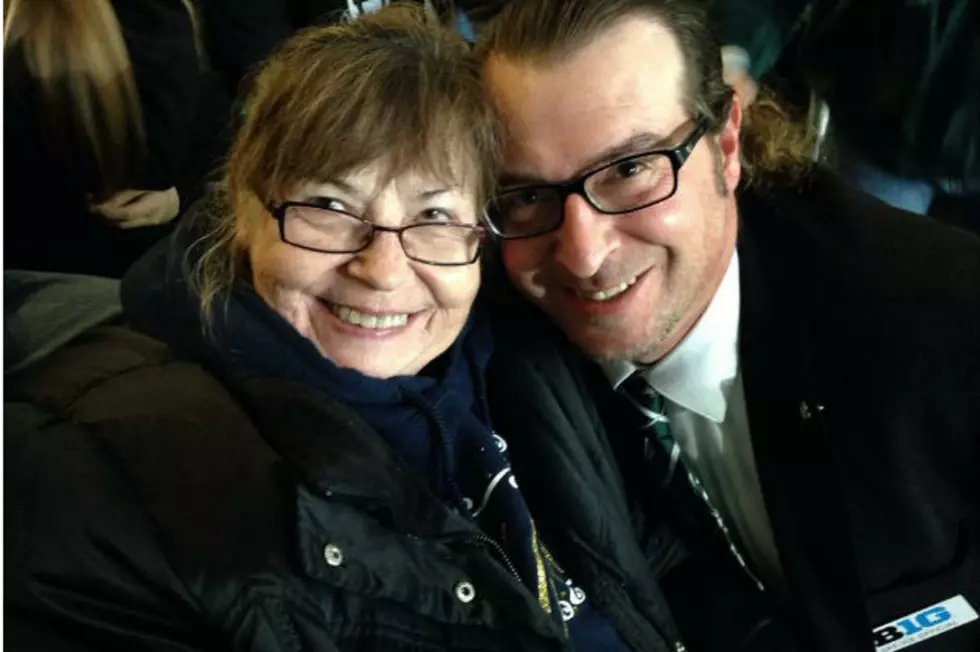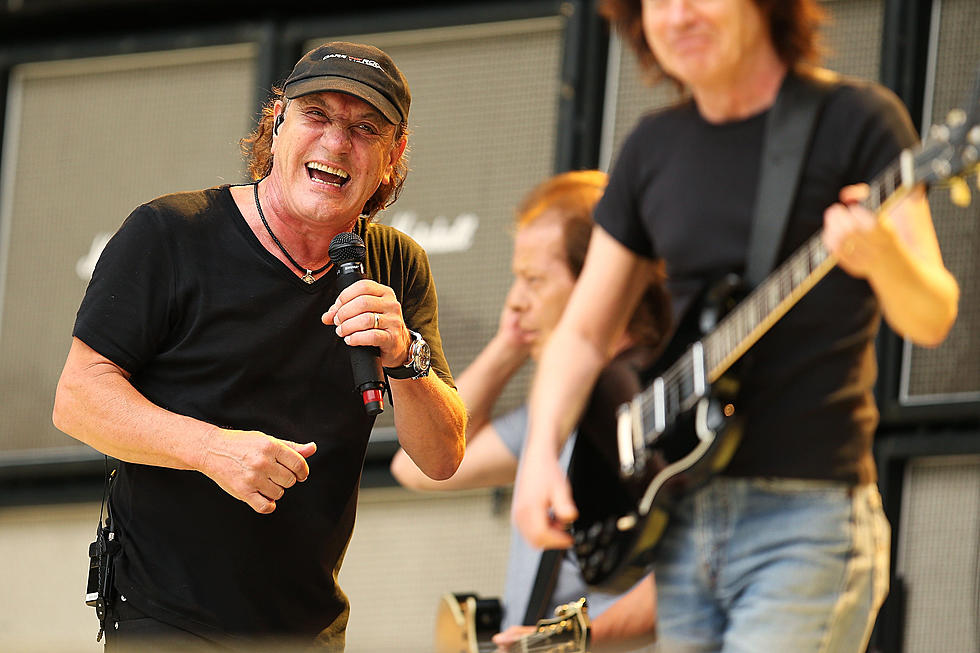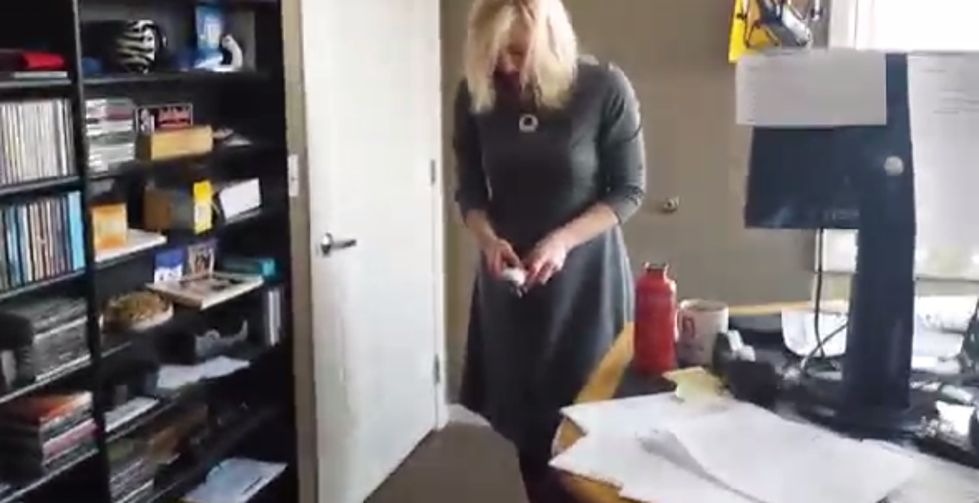
How ‘Queen II’ Set the Stage For Everything That Followed
Many young bands have to scramble to come up with new material for that all-important second album. Queen, on the other hand, were raring to release a sophomore LP well before their label was ready.
They'd started out in the unusual position of having a management deal allowing Queen access to the state-of-the-art Trident Studios before they'd found label distribution. So, the group wrapped sessions for their self-titled debut months before the album actually had a home – and they were back at Trident a month after Queen finally arrived in stores in July of 1973.
It had to be frustrating for the band members at the time. As a result, however, they were able to bring more focus – and, ultimately, a lot more ambition – to bear on the songs that made up Queen II. They had a month to play at Trident, and a safe bit of distance to consider the reasons why Queen hadn't torn up the charts quite the way they'd wanted.
This 11-song set would broadened the scope of their sound while sharpening Queens songwriting hooks. They divided the LP into a "White Side" (mostly written by guitarist Brian May) and a "Black Side" (composed by Freddie Mercury) with punchy pop melodies to complement the thickly layered arrangements recorded with co-producers Roy Thomas Baker and Robin Geoffrey Cable.
Queen's sound was evolving in the arena-ready direction that would eventually help make them one of the biggest bands on the planet, but their lyrics had been fairly quirky and esoteric. Songs like "Ogre Battle" and "The Fairy Feller's Master Stroke" added literary depth and fantasy sparkle to the music's heavy riffs.
Listen to Queen Perform 'Ogre Battle'
Initially, critics didn't take too kindly to Queen's new sound. The British press had been mostly kind to the band's first album, but they afforded a cooler reception to Queen II when it was released on March 8, 1974. Still, positive reviews hadn't done much to help sales the first time around, and negative write-ups didn't hurt when things started to take off for Queen later in 1974.
In fact, the only thing that really slowed them down was May's health: Stricken with hepatitis, he had to bow out 41 shows into the Queen II tour. By that point, however, Queen was off and running. Not even leaving the road so their ailing guitarist could go on the mend was enough to stop them.
Queen was back in the studio by the summer – and back in stores in November 1974, with Sheer Heart Attack, the first of many smash LPs.
In the end, Queen II didn't reach the same commercial heights as subsequent efforts, but it's become something of a cult favorite for many fans. "We took so much trouble over that album, possibly too much, but when we finished we felt really proud," drummer Roger Taylor told Sounds in 1974.
"Immediately, it got really bad reviews so I took it home to listen to again and thought 'Christ, are they right?'" Taylor added. "But after hearing it a few weeks later, I still like it. I think it's great. We'll stick by it."
Final Albums: 41 of Rock's Most Memorable Farewells
Queen’s Outsized Influence
More From 94.9 WMMQ










